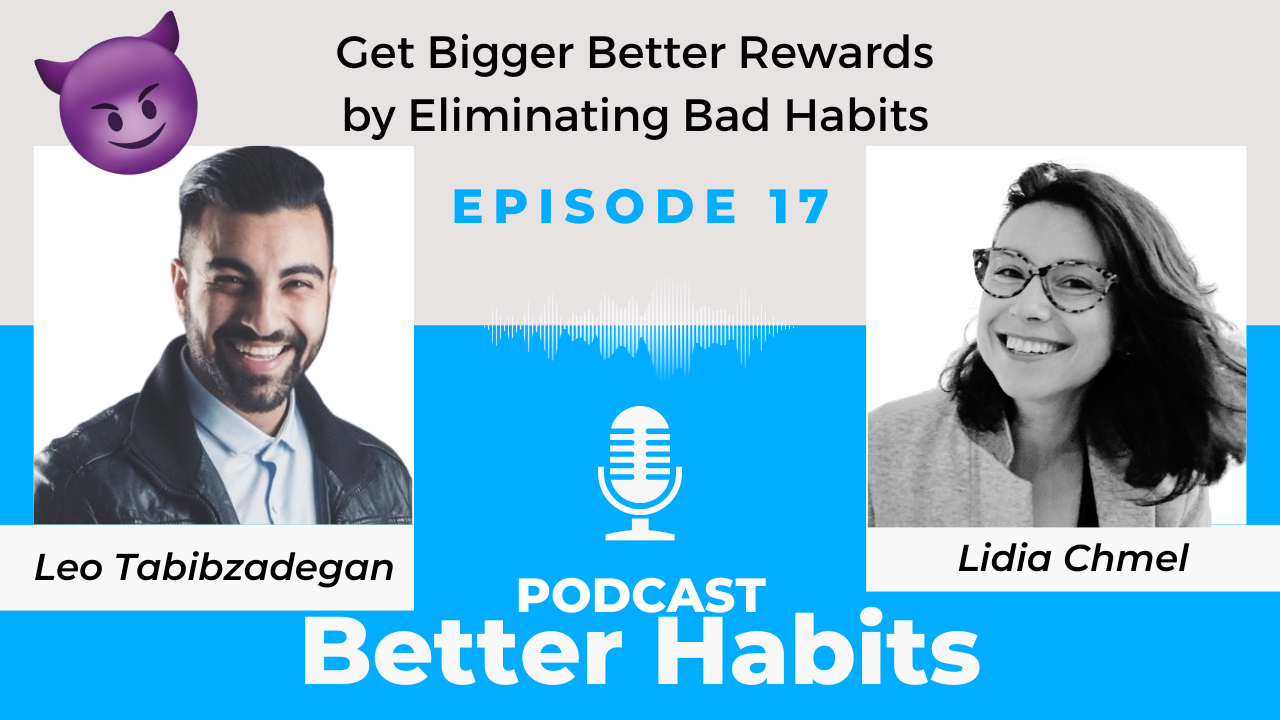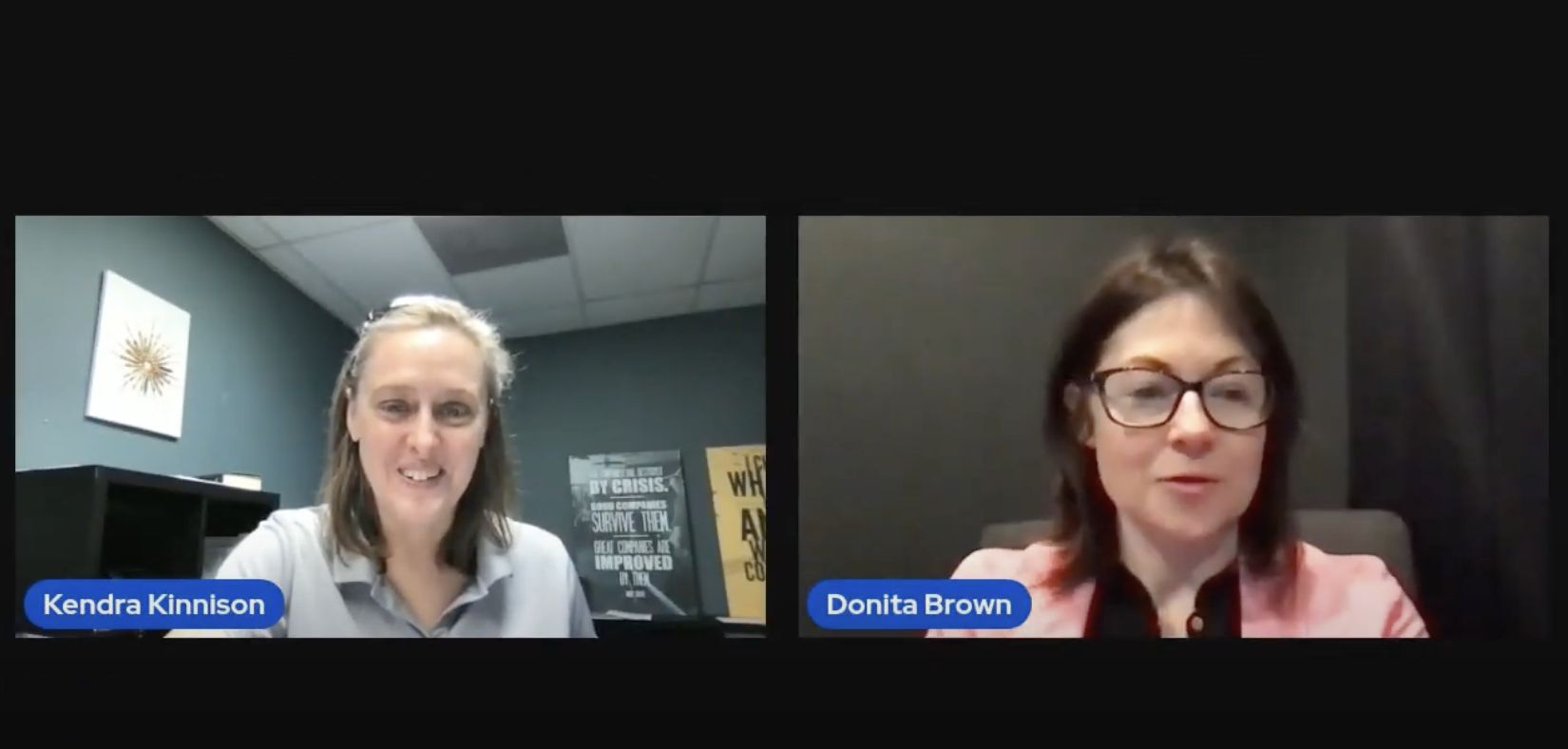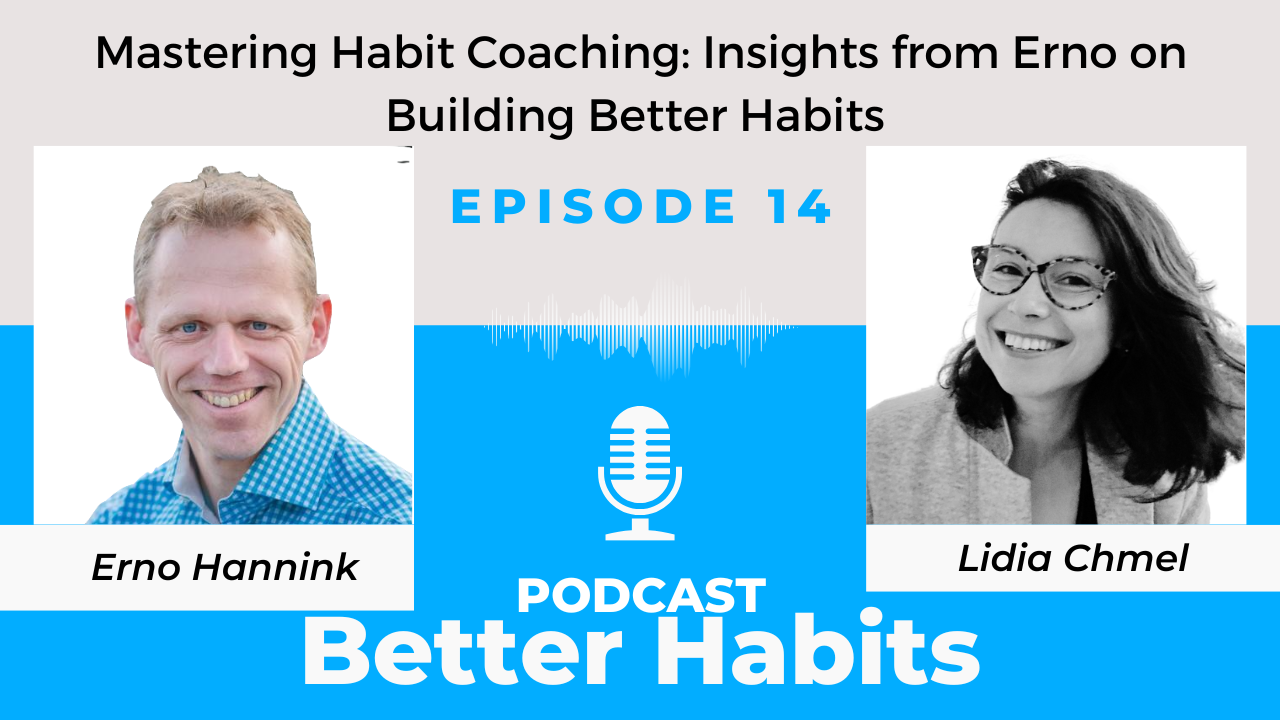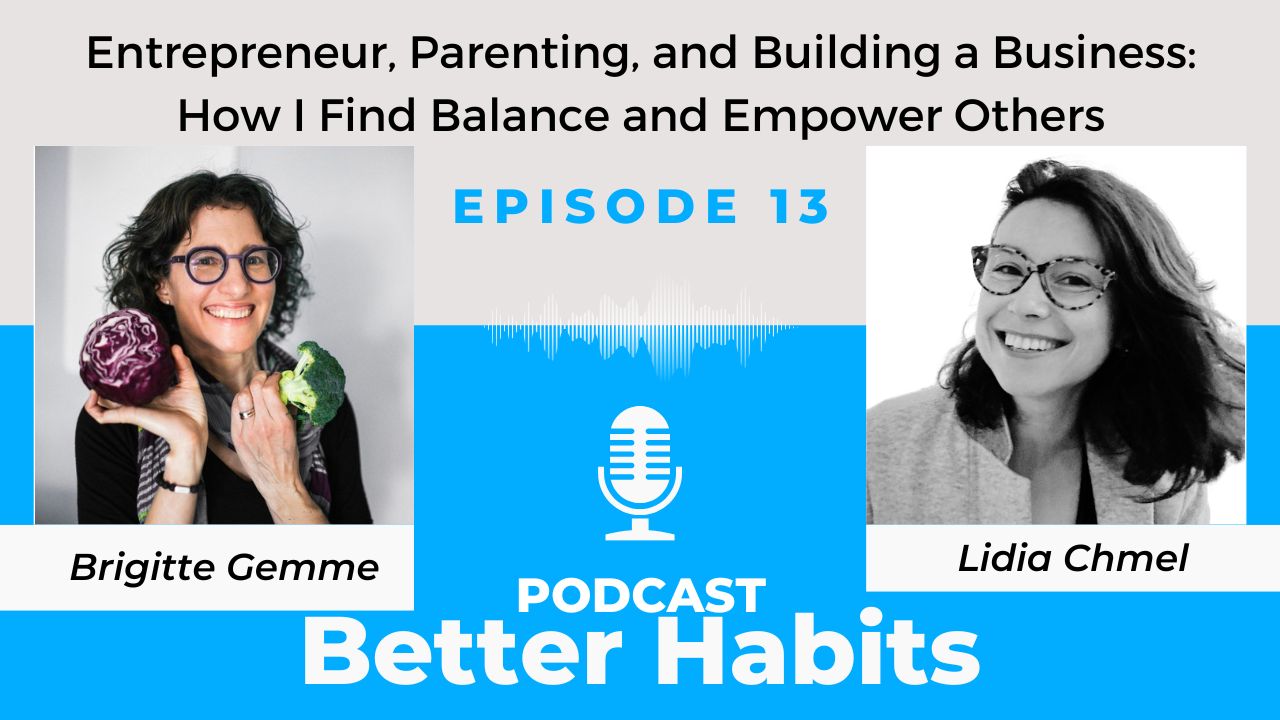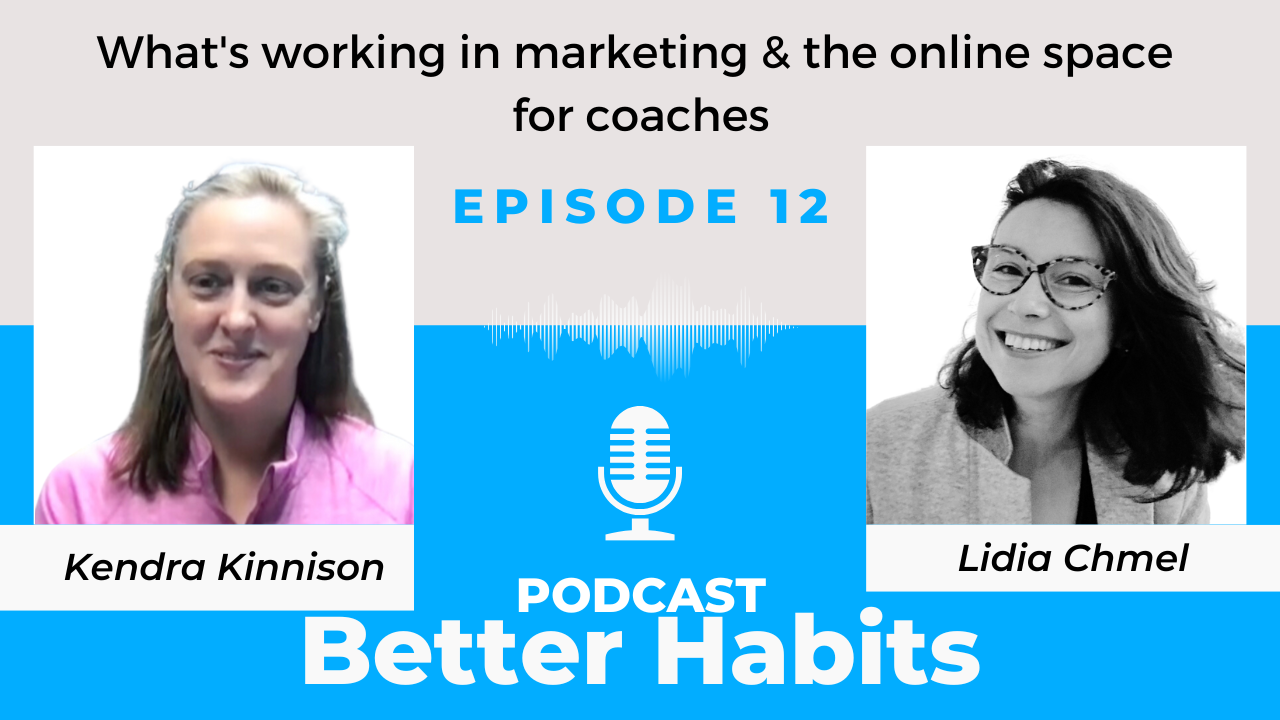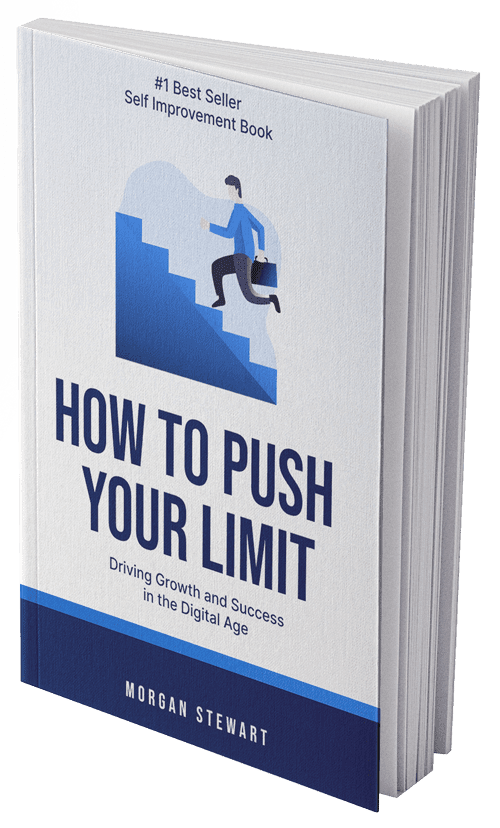“I am very much against the idea of a tiny habit.”
~ Buster Benson
Tony sat down with Buster Benson to debate the best strategies for reaching your goals. Buster spent the last 10 years helping people build good habits as founder of 43 Things, Health Month and 750 Words. Watch the video to learn:
- His 1,000 step strategy for reaching goals
- Traps to watch out for when rewarding milestones
- Why he’s a behavior change fanatic… and skeptic
- His favorite fitness gadgets
Transcript after the jump. For more on Buster, check out his incredibly quantified life.
Tip: Be patient when learning new habits.
Tony: Right before the cameras started rolling you were asking me about Outliers, which is one of those books that everyone assumes they read without even reading it. What do you think of the 10,000 hours rule?
Buster: I love it because it is a way to summarize my problem with a lot of behavior change strategies. People are all about shortcuts and this book is about avoiding shortcuts and the fact that you can’t avoid shortcuts and he’s obviously an eloquent person so he states it in a way that i could have never thought of.
Tony: So the 10,000 hour rule is essentially the point at which you cap out on improvement in the pursuit of mastery, after 10,000 hours of practice.
Buster: No, that’s not what it is about. Before you can become a master of something, before you can rise to the top of a particular skill you have to put in your time. If you go back and look at the people who are excellent–you think about the Beatles or Steve Jobs or Bill Gates–at what point did they become recognized as excellent? Usually their story gets revised to make it seem like they just started in their garage when actually they had been programming since they were fourteen and had access to free computer time when no one else did.
Tip: Follow the 1,000 Steps strategy toward achieving goals.
Buster: Habits are not tiny, they’re large. Building habits requires that you rewire your brain. A habit is not really an extension of your mind as it is an extension of your body in a lot of ways. You’re not just trying to think differently, you’re trying to change the way your brain thinks about things around a whole lot of inputs.
For example, if I’m trying to run more [Buster’s is training for a marathon] or change my diet, the root goal is to change how I think about myself. I need to believe that I am a healthier person who does those habits. That seems difficult so I decided to break that big goal down into 1,000 unidentified steps. I’m starting at 1,000 and counting down. Game mechanics give me the ability to see it as a journey. Also, instead of focusing on a huge goal like becoming a runner, I focus on these small steps. That makes the bumps that I come across seem smaller, too, and I’m able to pace myself a little better.
Tony: What steps count toward your 1,000 steps to running a marathon?
Buster: Going on a run counts, 7 days of eating a salad for lunch counts as a step, having a meditation practice counts because it requires mental strength, and reading books that have something to do with willpower. The great thing about 1,000 steps is that there are so many of them and so many things count. Since I’m training for an identity change (be a healthier person) not a specific goal (run a marathon), there is a lot of flexibility. Ultimately I am trying to train for an identity change rather than a behavior change
Tip: Don’t fall into the trap of rewarding specific milestones.
Tony: Is there something in your 1,000 strategy that plays off your momentum?
Buster: Yes. We react almost as strongly to a small positive as we do to a large positive. Our hedonic treadmill only recognizes the positivity and then it usually simmers down. This means that if I go on a 10 mile run that counts as one positive. No matter what, it’s not going to seem like a big deal a couple of days later. So it’s good to incorporate a lot of small steps that can be wins, so it seems like the stock is going up.
When I make goals, I frame them as a sentence, and the sentence is framed in a way that it is true or false on a monthly basis. It has to be framed in such a way that if I fail, I’m disappointed and if i succeed I’m happy. So when you are setting goals, maybe hitting the mile pace wasn’t the right goal because you can be a few seconds behind but still doing well. The goals is framed wrong and its built to disappoint you even when you are making progress. If the goal is to “run at all,” at least you can do to be happy that you made some progress.
Tip: If you can change yourself, you’ll gain skills to change the world.
Tony: Alright so you… it’s already coming out you’re a fanatic and skeptic at the same time.
Buster: I have lots of hope for the behavior change space, but I don’t think that I have a strategy for success yet. I don’t know what is going to work. I feel like there are a hundred or maybe a thousand of us on the starting line trying to figure out how to finish a marathon. And solving the problem of “How do we change ourselves?” is at mile twenty six.
Tony: What are you hopeful for in this space? What makes you the fanatic?
Buster: I really, really want to solve the problem. As far as problems go it’s really the only problem that has any interest to me because it’s the problem underneath all the other things we want to do in our lives. Knowing how to change yourself is the only path to knowing how to change anybody else. If you can change yourself, you can then focus on changing the world, having an impact. So if we can’t change ourselves, there is no way in hell we are ever going to be able to do the other things intentionally. They might happen by chance but why hope that you got the right pachinko ball?
Tip: Fitness gadgets work because they play with your sense of identity. The data is secondary.
Tony: You know I ended up giving up my Fuel, my Up and my Fitbit for my GPS Nike Watch, not because I like the data, but because it motivates me to exercise. It’s so big.
Buster: It feels like Nike is staring at you, right?
Tony: Yes! It actually plays with my sense of identity. It makes me feel like I’m somebody who works out. I’m sporty. That identity aspect has more impact than any of the technology.
Buster: Yeah, that’s why I wear sneakers. They give me that reminder that I can run whenever I want.

